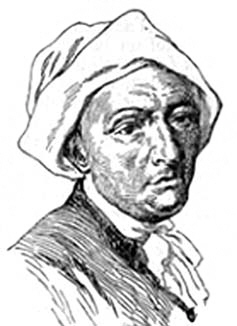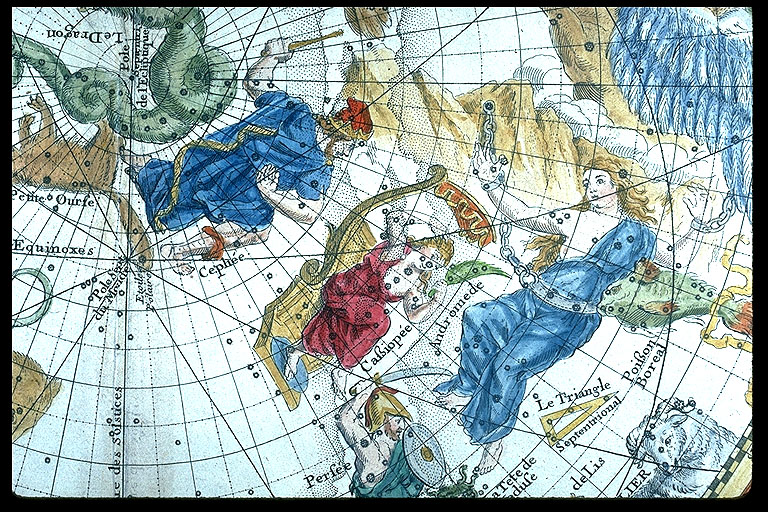<Back to Index>
- Mathematician Philippe de La Hire, 1640
- Painter Adam Elsheimer, 1578
- Prince of Serbia Miloš Obrenović I, 1780
PAGE SPONSOR


Philippe de La Hire (or Lahire or Phillipe de La Hire) (March 18, 1640 – April 21, 1718) was a French mathematician and astronomer. According to Bernard le Bovier de Fontenelle he was an "academy unto himself".
He was born in Paris, the son of Laurent de La Hire, a distinguished artist. In 1660, he moved to Rome to study painting. Upon his return to Paris, he began to study science and showed an aptitude for mathematics. He was taught by the French Jesuit theologian, mathematician, physicist and controversialist Honoré Fabri and became part of a circle formed by Fabri which included Giovanni Domenico Cassini, Claude Francois Milliet Deschales, Christiaan Huygens and his brother Constantijn Huygens, Jr., Gottfried Leibniz, René Descartes and Marin Mersenne. He became a member of the French Academy of Sciences in 1678, and subsequently became active as an astronomer, calculating tables of the movements of the Sun, Moon, and planets and designing contrivances for aiming aerial telescopes. From 1679 – 1682 he made several observations and measurements of the French coastline, and in 1683 aided in mapping France by extending the Paris meridian to the north. In 1683 La Hire assumed the chair of mathematics at the Collège Royale. From 1687 onwards he taught at the Académie d’architecture.
La Hire wrote on graphical methods, 1673; on conic sections, 1685; a treatise on epicycloids, 1694; one on roulettes, 1702; and, lastly, another on conchoids, 1708. His works on conic sections and epicycloids were founded on the teaching of Desargues, of whom he was his favourite pupil. He also translated the essay of Manuel Moschopulus on magic squares, and collected many of the theorems on them which were previously known; this was published in 1705. He also published a set of astronomical tables in 1702. La Hire's work also extended to descriptive zoology, the study of respiration, and physiological optics.
Two of his sons were also notable for their scientific achievements: Gabriel-Philippe de La Hire (1677 – 1719), mathematician, and Jean-Nicolas de La Hire (1685 – 1727), botanist.
The mountain Mons La Hire on the Moon is named for him.